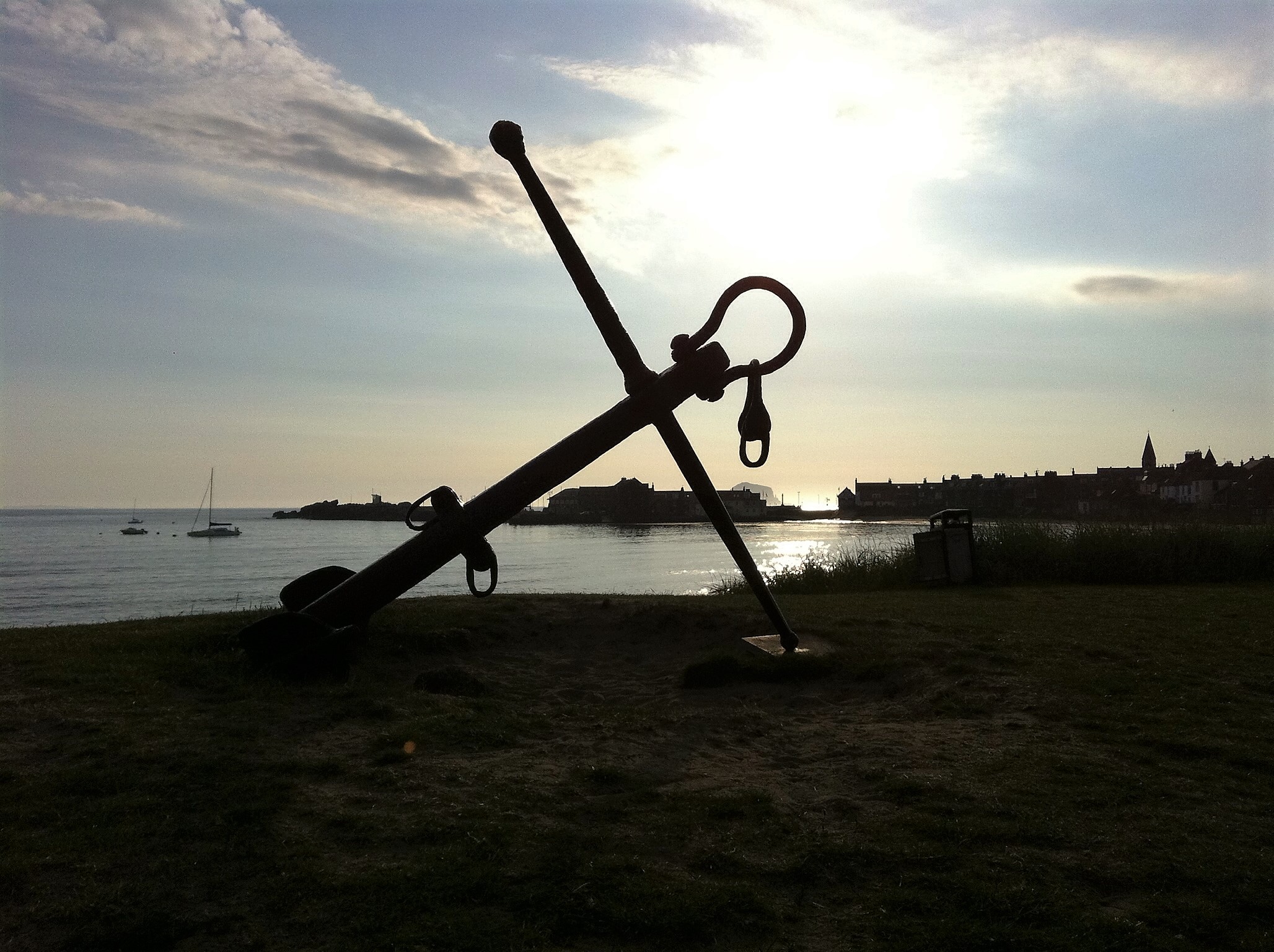More about wind forces and snubbing
As a boat rides at anchor it will generally tack about, pitch and yaw if there is significant wind or waves. Gusts blow the bow off, while waves cause the yacht to roll and pitch. Waves cause a cyclic fore and aft movement as well as pitching even if there is no wind.
This natural motion of the yacht means its anchor chain will alternately stretch and contract in a cyclic manner. Usually this natural movement will be absorbed by the slack (cateneray) in the chain. But if the slack runs out and the motion lifts the chain from the seabed at the anchor, the yacht is forced to come to an abrupt halt as the chain becomes bar taut. The chain has no elasticity and is not enough to absorb the energy of the natural movement of the yacht. This causes an immense force to be imposed on the anchor system as the kinetic energy of the moving yacht has to be absorbed. This can only be done by the anchor ploughing a short distance in the seabed. The better the anchor the greater is the momentary resisting force. This phenomena is called snubbing.
As a solution to snubbing, it is good practice to include a spring in the anchor rode which is more effective than the anchor chain on its own. The following page on springs explains how.




